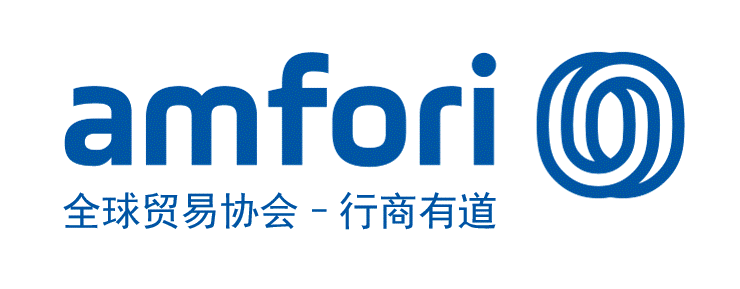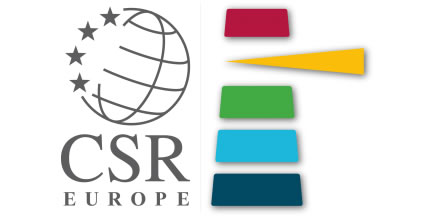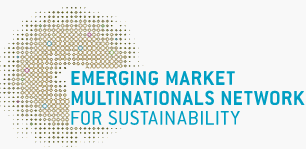Exploring innovative poverty alleviation practices
2019-07-04GoldenBeeGoldenBee0

On June 13, 2019, the Panel “Targeted Poverty Alleviation – Innovative Practice in the Fight against Poverty” during the 14th International CSR Forum was held in Beijing.
Central state-owned enterprises (SOEs), foreign-invested enterprises and private enterprises gathered together to contribute their ideas regarding the key tasks and main directions of poverty alleviation, and shared ideas, typical and innovative experiences in targeted poverty alleviation.
Central SOEs take the lead and serve as the main force in the battle against poverty
Zhang Xiaosong, Director of the Social Responsibility Division, Bureau of General Affairs, State-owned Assets Supervision and Administration Commission of the State Council (SASAC), shared the poverty alleviation practices and performance of the Central SOEs supervised by the SASAC based on their own advantages and the local characteristics of rural poverty-stricken areas.
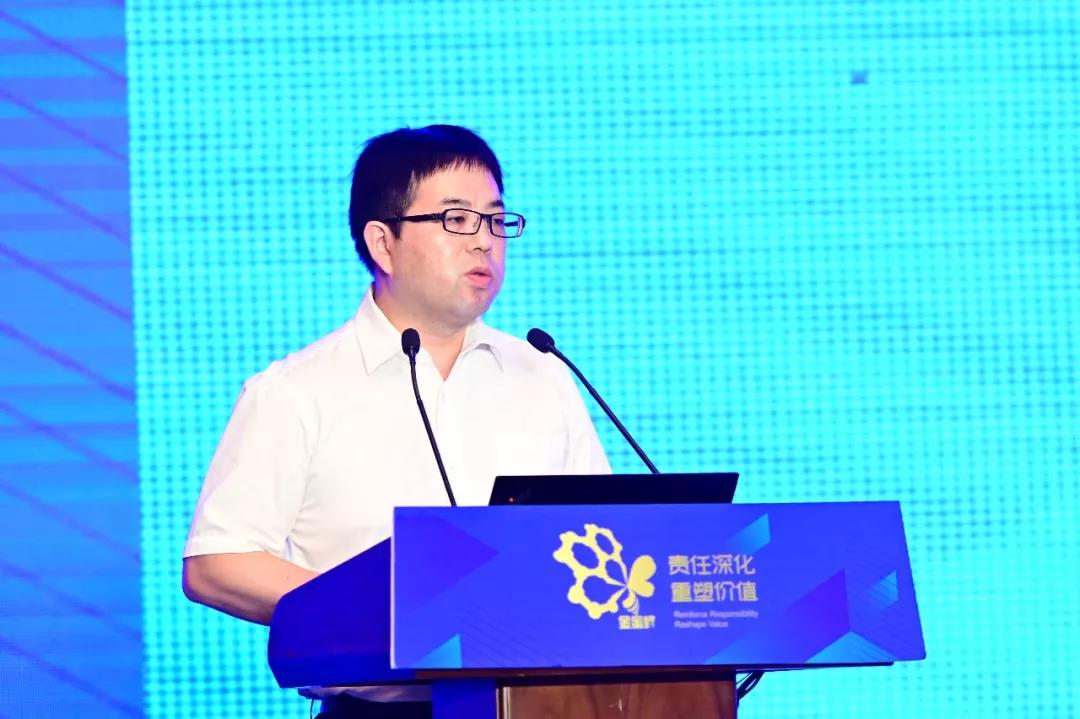
Heavy tasks
In 2018, the Central SOEs conducted targeted poverty reduction in 246 rural poor and impoverished counties identified by the state, and supported the poverty alleviation work in 21 counties in Tibet, 16 counties in Tibetan Area of Qinghai Province, and undertook the assistance task of 1,429 counties, 968 towns and 9,041 villages arranged by local Party committees and governments and relevant industry authorities.
A multiple of measures
● Strengthening investment to improve infrastructures in poor areas
● Developing industries to enhance “self-sufficient development capability” of poor areas
● Creating jobs to help the poor get rid of poverty via new labor relations
● Strengthening education to block the intergenerational transmission of poverty in poor areas
● Supporting the development of healthcare industry in poor areas
● Integrating resources of Central SOEs and extensively absorbing social capital to explore effective ways to lift the poor out of poverty and get rich
● Enhancing Party building to strengthen the construction of grassroots Party organizations in poor areas
● Stimulating consumption to help the poor build channels and brands and enhance product values
Notable results achieved
In 2018, the Central SOEs invested 5.794 billion yuan and introduced 2.885 billion yuan to poverty relief projects, having helped 923,600 registered poverty-stricken people get rid of poverty.
Innovative practices
Qualcomm - Wireless Reach to provide enormous help
Jason Tan, Director, Government Affairs, Qualcomm, shared Qualcomm’s use of wireless communication technology to implement the “Wireless Reach” program in China for 10 years regardless of cost and distance. The biggest feature of this program is to establish cooperation platforms for partners to give full play to their professional advantages and integrate the superior resources of all parts of the country, so as to boost the development of education in poverty-stricken areas.
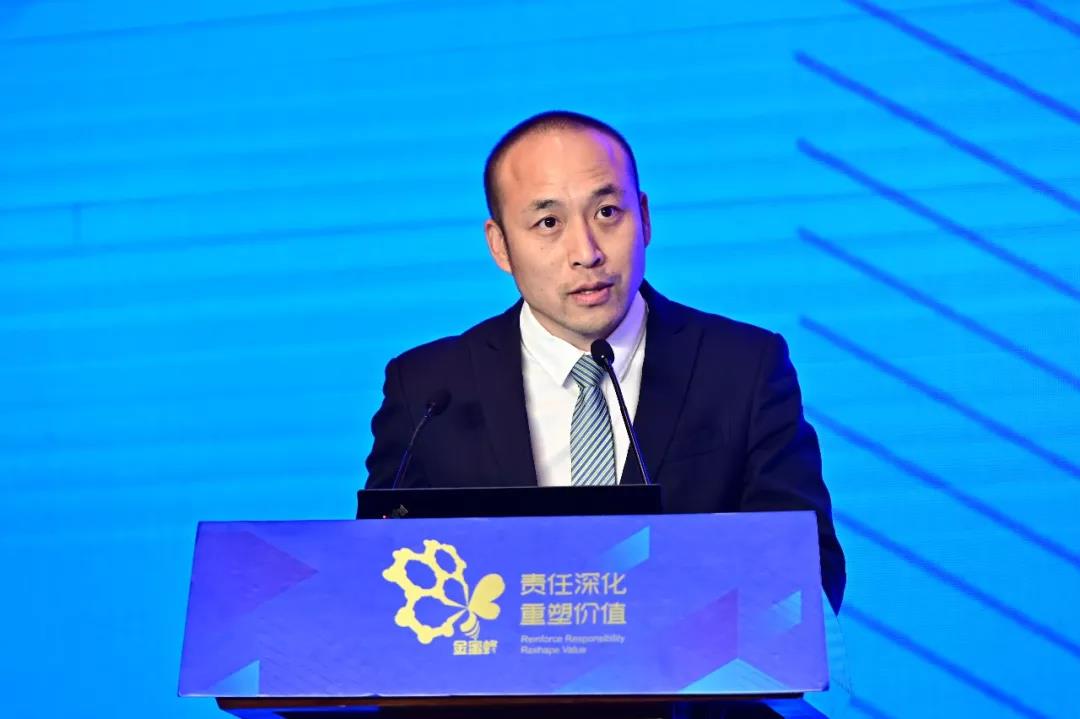
Various methods:
● Conducting 21st Century Classroom Projects with local partners
● Taking advantages of our own expertise and technologies to build information-based classrooms for primary and secondary schools in remote areas
● Installing MFPs in the classrooms and providing tablets for teachers and students
● Building a resource sharing platform and developing smart classroom in pilot schools
● Building high-speed wireless campus networks for schools
● Providing customized training for teachers
Significant results:
More than 85% teachers said that their information-based teaching skills have improved significantly, and students’ enthusiasm and information literacy have risen greatly; 80% teachers said that this program has helped them establish an information-based education concept and promoted the transformation of teaching methods.
China Mobile - Multi-party efforts to block the intergenerational transmission of poverty
Li Zhongyan, Director, Poverty Alleviation Office, China Mobile Communications Group Co., Ltd., introduced in details the “1+3+X (one network-based line, three major supports of funds, personnel and organizations, and six major areas of industry, health, education, consumption, employment and people’s livelihood) network + poverty alleviation model” created by China Mobile, and shared the company’s practice and contribution in poverty alleviation through developing education.

Three major supports:
● The support of funds: investing more than 50 billion yuan in the public services and donating more than 1.8 billion yuan.
● The support of personnel: selecting 500 cadres and more than 3,000 staff members to work in the poor and impoverished counties and villages.
● The support of organizations: establishing an employee turnover mechanism, a collaboration system on poverty alleviation between the eastern and western regions, an internal mobilization mechanism covering 500,000 employees, and an incentive system for 1 billion customers and partners.
● The support of personnel: selecting 500 cadres and more than 3,000 staff members to work in the poor and impoverished counties and villages.
● The support of organizations: establishing an employee turnover mechanism, a collaboration system on poverty alleviation between the eastern and western regions, an internal mobilization mechanism covering 500,000 employees, and an incentive system for 1 billion customers and partners.
Education assistance:
● Assisting in infrastructure construction: donating nearly 300 million yuan to establish 22 schools, 2,310 libraries, and 2,030 multimedia classrooms.
● Balancing educational resources: establishing “HE education platform”, covering 50,000 schools and offering 50 million yuan of learning resources for free; carrying out “Blue Dream Project” to provide free trainings for 110,000 principals of rural primary and secondary schools; implementing dual-teacher systems (one teacher in the classroom and the other teacher online) in classroom teaching; and promoting Mandarin to get rid of poverty.
● Insisting on carrying out public welfare activities: carrying out “He Miao Action”, “Being with You” volunteer service activity, and Migu Music Classroom Project.
● Balancing educational resources: establishing “HE education platform”, covering 50,000 schools and offering 50 million yuan of learning resources for free; carrying out “Blue Dream Project” to provide free trainings for 110,000 principals of rural primary and secondary schools; implementing dual-teacher systems (one teacher in the classroom and the other teacher online) in classroom teaching; and promoting Mandarin to get rid of poverty.
● Insisting on carrying out public welfare activities: carrying out “He Miao Action”, “Being with You” volunteer service activity, and Migu Music Classroom Project.
CNNC – Developing four nuclear-powered driving forces for poverty alleviation
Zhu Xiangjun, Deputy Director, Department of the Party-masses Work, China National Nuclear Corporation (CNNC), introduced the overall situation of CNNC’s poverty alleviation practices and shared in detail CNNC’s four nuclear-powered driving forces for poverty alleviation.
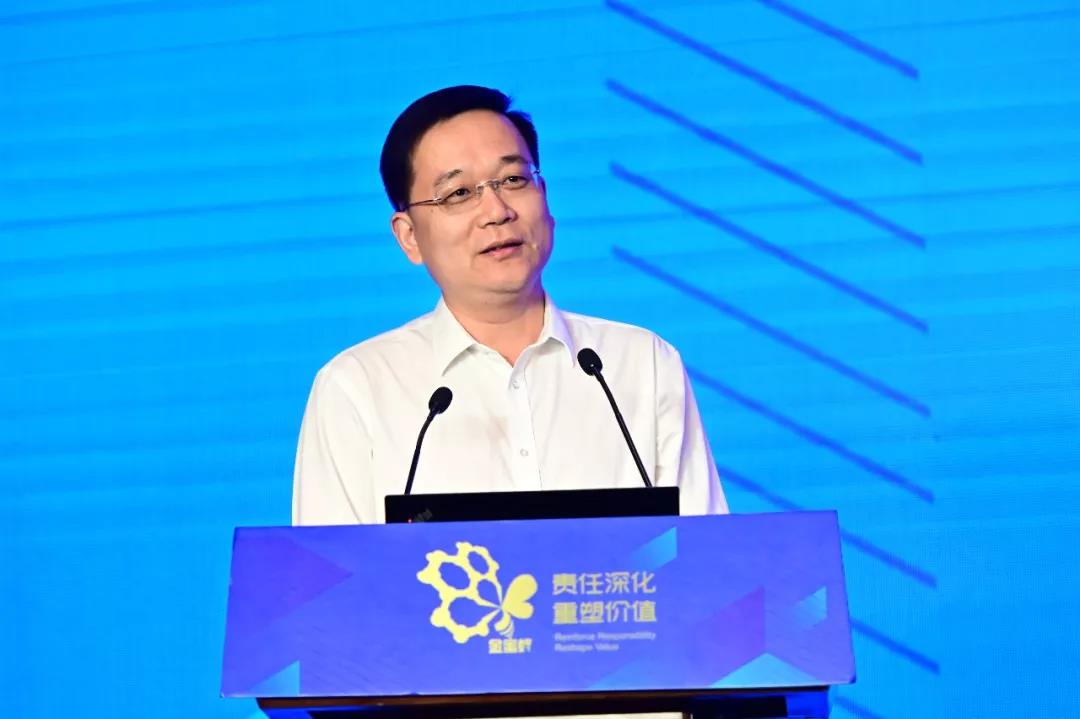
Since 2012, a total of 250,000 people in the four targeted poverty alleviation counties have been lifted out of poverty with the help of CNNC. The assistance provided by all units of CNNC involves 20 provinces, 66 counties, and over 80 villages and towns with total donations of nearly 120 million yuan. Moreover, we invested 1.8 billion yuan in targeted poverty alleviation in Tibet,Xinjiang Province, and Qinghai Province through industrial development. Currently, about 78cadres are responsible for poverty alleviation work.
● Supporting from the Group headquarters: Relying on national poverty alleviation policies and administrative forces, CNNC promotes targeted poverty alleviation according to plans. In 2019, the budget of the Group headquarters for assistances is over 30 million yuan.
● Guidance of the market: CNNC focused on transforming featured products in poor areas into commodities to increase their added value. In 2018, the Group spent about 12 million yuan on agricultural products from poor areas for internal consumption. In the first quarter of 2019, the internal consumption of agricultural products reached 10 million yuan.
● Enhancing self-ability: CNNC enhances the ability of the poor and assistance providers by organizing trainings for relevant enterprises and personnel in targeted poverty alleviation counties, covering 700 people. In 2018, CNNC also invested over 4 million yuan in “vocational education + employment” assistances.
● Endogenous motivation: CNNC focuses on poverty alleviation through promoting industrial development, and has transformed from “providing assistance” to “enhancing self-sufficient development capability”. CNNC invests in the establishment of the CNNC Poverty Alleviation Industrial Park, sets up poverty alleviation workshops, explores the establishment of a mixed ownership enterprise with shares owned by “state-owned enterprises + private enterprises + village collective economy”, and promotes the scale development of the characteristic poultry industry.
UTC China - STEM education “Gives both fish and the way to fish”
Angela Li, Vice President, Government Relations, UTC China, shared UTC China’s promotion of the interdisciplinary STEM education combined with life to take root in poor areas. In 2015, UTC China joined hands with the China Friendship Foundation for Peace and Development to launch the “UTC China STEM Training Program for Technological and Innovative Youth Talents” to strengthen China’s education.
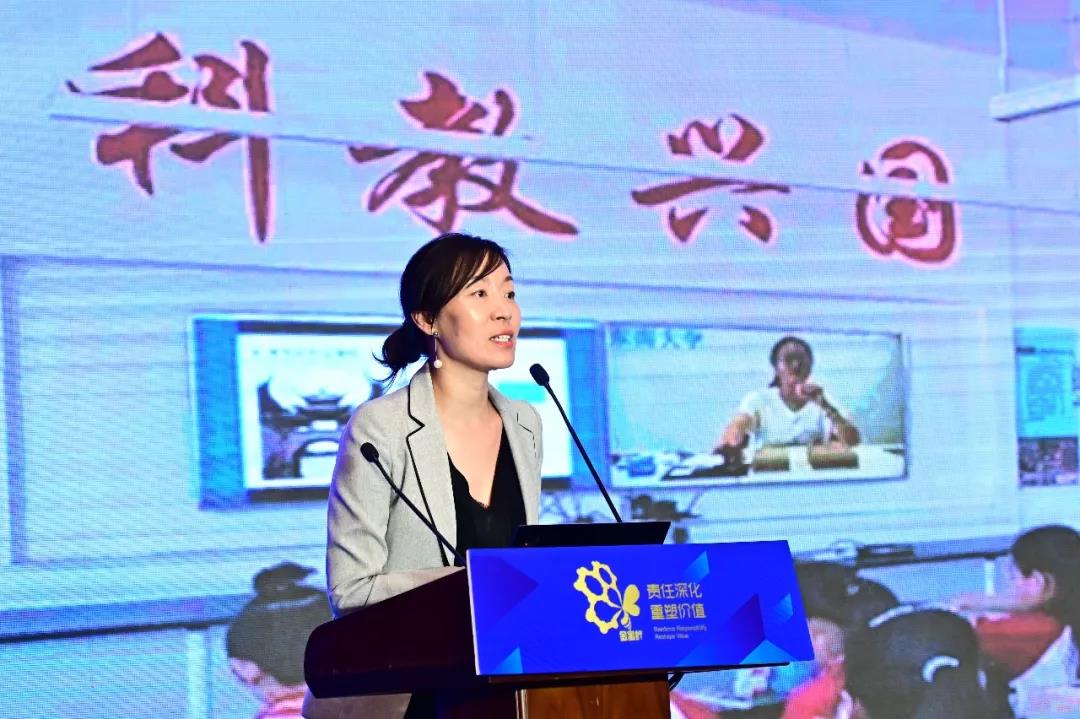
UTC China, together with partners such as the China Friendship Foundation for Peace and Development, the Children & Youth Science Center (CYSC) under China Association for Science and Technology (CAST), the China Association of Children’s Science Instructors, and the China Women’s Development Foundation, provides funds for targeted poverty alleviation projects through developing science and education in 10 provinces and cities. Taking the project in Xing County, Shanxi Province as an example, the cave dwelling project was developed and designed for Shangxi locals.
Shanxi Cave Dwelling Project:
The cave dwelling is an ancient form of residence for the inhabitants on the Loess Plateau in China. People take advantages of the plateau terrain and dig holes to create a cave dwelling called “Green Building”. In the Xing County of Shanxi Province, there are widely distributed cave dwellings. In combination with this regional characteristics, UTC China sponsors its science and education public welfare partners to develop and design the STEM course of “Traditional Dwellings - Cave Dwelling” to help students rediscover the resources of their hometown and find the opportunities for local sustainable development.
During the course, the students have not only gained scientific knowledge about the cave dwelling, but also learned to look at their living environment from a different angle and to love and protect the green buildings and traditional culture of their hometown. In the future, they may try to combine tradition with modernity to develop and design cave dwellings that can better satisfyhuman needs.
Local teachers and students were invited to share the project of “Cave Dwelling” and STEM course at the 3rd STEM Expo, helping students build confidence.
During the course, the students have not only gained scientific knowledge about the cave dwelling, but also learned to look at their living environment from a different angle and to love and protect the green buildings and traditional culture of their hometown. In the future, they may try to combine tradition with modernity to develop and design cave dwellings that can better satisfyhuman needs.
Local teachers and students were invited to share the project of “Cave Dwelling” and STEM course at the 3rd STEM Expo, helping students build confidence.
Three thoughts on targeted poverty alleviation:
● Poverty alleviation is the process from benefaction to empowerment.
● Business innovation and social innovation are key to solving fundamental problems.
● We should advocate the aviation industry chain to establish a synergy mechanism in the field of poverty alleviation so as to complement each other’s advantages and maximize the input efficiency of public resources.
China Minmetals Corporation - Promoting industrial development to realize more targeted poverty alleviation
Gao Peijun, Director of Division of News and Social Responsibility, Department of Party-mass Affairs, China Minmetals Corporation, introduced in detail the “Small and Beautiful” poverty alleviation model through promoting industrial development, fully demonstrating the image of responsible central SOEs.
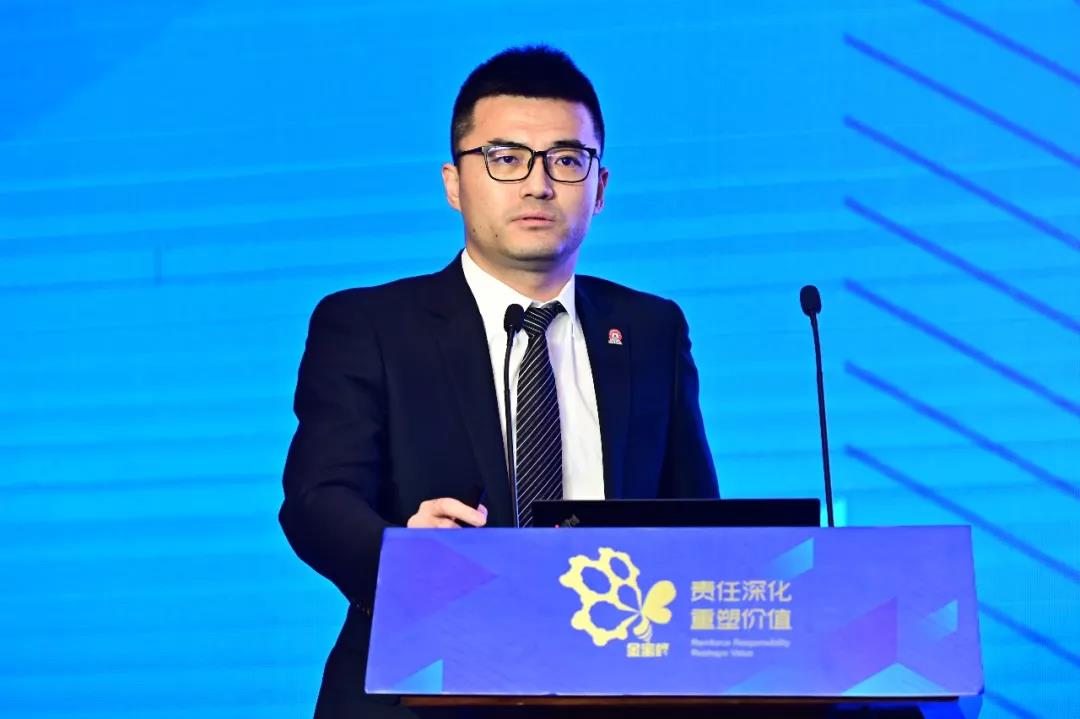
● Project selection: selecting poverty alleviation projects through promoting industrial development that are consistent with local conditions and can gain quick outcomes.
● Implementation of projects: cooperating with rural cooperatives under the coordination of the cadres selected to receive support from local governments and residents.
● Poverty alleviation models: the overall operation of rural cooperatives; funds provided by enterprises to solve capital bottlenecks; and the registration of the poor.
● Product sales: China Minmetals Corporation undertakes relevant responsibilities and work together with the locals in product sales.
● Solving the pain points: China Minmetals Corporation establishes slaughtering and processing plants, increases the sales channels and scope, and provides a variety of product options.
Four thoughts on targeted poverty alleviation:
● Targeted poverty alleviation can be “small and beautiful”: making sure that every “small and beautiful” project is implemented in every rural poor and impoverished county or village.
● Giving full play to the rural cooperatives: calling for the participation of locals via rural cooperatives.
● Fostering the ability of self-development in poor areas: helping poor areas to open markets actively.
● Selfless dedication and firm belief: The battle against poverty is full of challenges and requires firm believes and confidences.
Alibaba – Assistance for women helps light your beauty
Wu Yaohua, Director of Alibaba Poverty Relief Fund, shared Alibaba’s practice as a private enterprise to lift the poor out of poverty. Alibaba sets up its poverty relief fund to carry out poverty alleviation work from five aspects: reducing poverty through developing education, health industry, women’s rights, ecological protection, and e-commerce. Moreover, Alibaba has raised poverty alleviation to the fourth strategy of Alibaba Group and cooperated with the government to fight against the poverty.
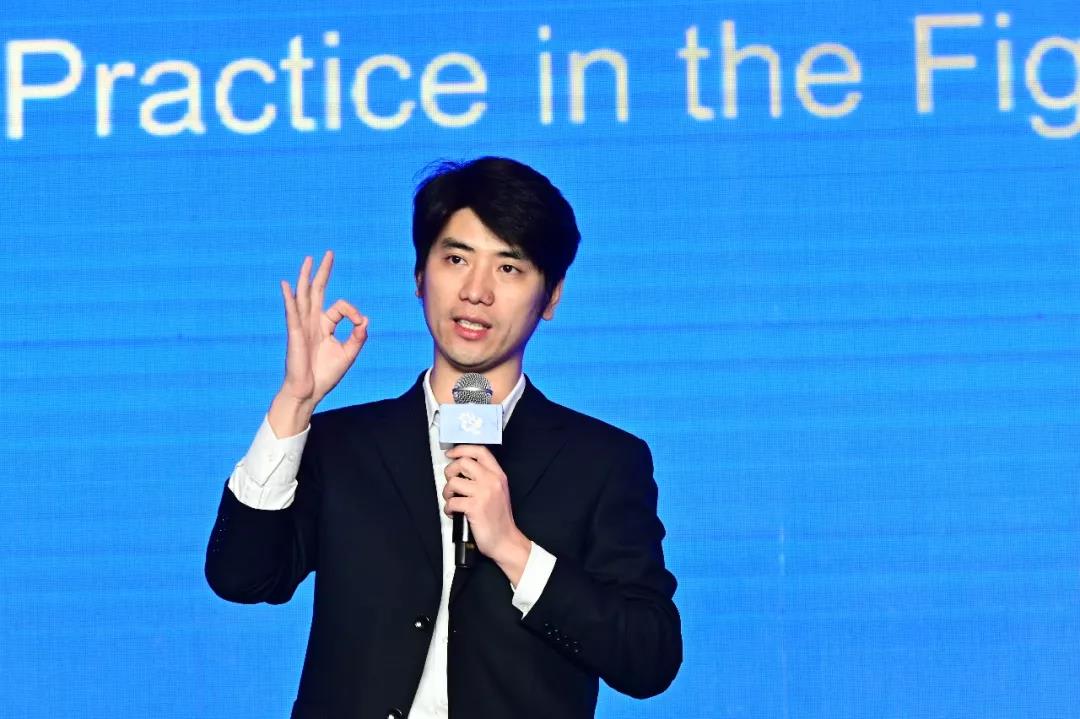
Sustainability: Alibaba and the China Women’s Development Foundation (CWDF) has jointly launched a women assisstance program on Alibaba’s platform to provide women with comprehensive benefits from birth to death, including education rewards, medical insurances, etc., to help them develop work skills and stimulate their work enthusiasm.
Engagement: Alibaba calls on SMEs and consumers on its platform to engage in poverty alleviation, develops its own 1:9 leveraged financing method, and uses its technologies to lower the threshold for SMEs and the public to engage in poverty alleviation.
Cultivation: All female partners of Alibaba fund the 1000-day parenting program to bring advanced parenting experience to the villages, and train and hire women from local poor families.
Finding the right directions and exploring suitable methods
Guan Zhusun, Executive Vice President and COO of GoldenBee (Beijing) Management Consulting Co., Ltd., made summary and proposed a four-level concept of poverty alleviation, i.e. work & facts, actions & stories, systems & models, and national strategy & contribution.

In the work of targeted poverty alleviation, enterprises should select projects in line with local characteristics and their advantages, maintain sustainability, and mobilize all parties to engage in, finding the right directions and exploring the most suitable methods to make the greatest contribution to reducing poverty with the utmost enthusiasm.
Cover image source: China Mobile
Best Practices
- The 100-year brand — Air Liquide also has a sense of juvenile
- Beijing Public Transportation Corporation: Developing green transportation to build a harmonious and livable capital
- CGN: Building a modern factory in barren deserts and developing a new win-win cooperation model along “Belt and Road”
Upcoming Event

All the materials on the site “Source: XXX (not from this site)” have been reprinted from other media. They do not imply the agreement by the site.
All the materials with “Source: CSR-China Website” are the copyright of CSR-China Website. None of them may be used in any form or by any means without permission from CSR-China Website.
GoldenBee Official WeChat
Copyright © Csr-china.net All Right Reserved.
京ICP备19010813号


